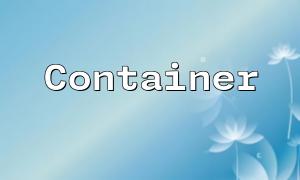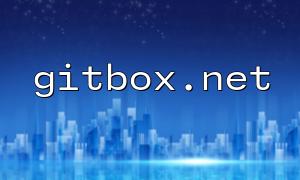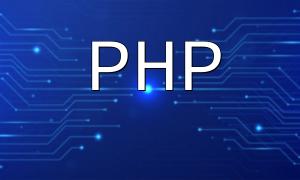In traditional web applications, each page request triggers database queries, increasing the database load and slowing down the website. By caching frequently accessed data in memory or fast storage, the pressure on the database is reduced, significantly improving overall system performance.
The core mechanisms of PHP data caching mainly include:
Cache Reading: On the first access, data is fetched from the database and stored in the cache. Subsequent requests read data directly from the cache, reducing database access.
Cache Updating: When data changes, the cache must be updated to maintain consistency. Updates can be done via scheduled tasks, triggers, or manual refreshes.
Cache Expiration: Caches usually have a set lifespan and expire automatically. Once expired, the next request reloads the latest data and refreshes the cache.
When selecting the appropriate caching method, consider the following factors:
Cache Type: Common options include memory caches like Memcached and Redis, or file caching. Choose based on business needs and scenarios.
Performance: Different caching technologies vary in read/write speed and resource consumption and should be matched to application performance requirements.
Reliability: Consider cache data persistence and high availability support to avoid single points of failure impacting service stability.
Scalability: As business grows, the caching solution should support flexible scaling to ensure continuous stable operation.
Data caching is a vital technique to enhance PHP website performance. By properly selecting and managing cache, database load is reduced, and data access speed is greatly improved. Developers should choose the most suitable caching solution based on their specific business characteristics and consider performance, reliability, and scalability to ensure system efficiency and stability.









